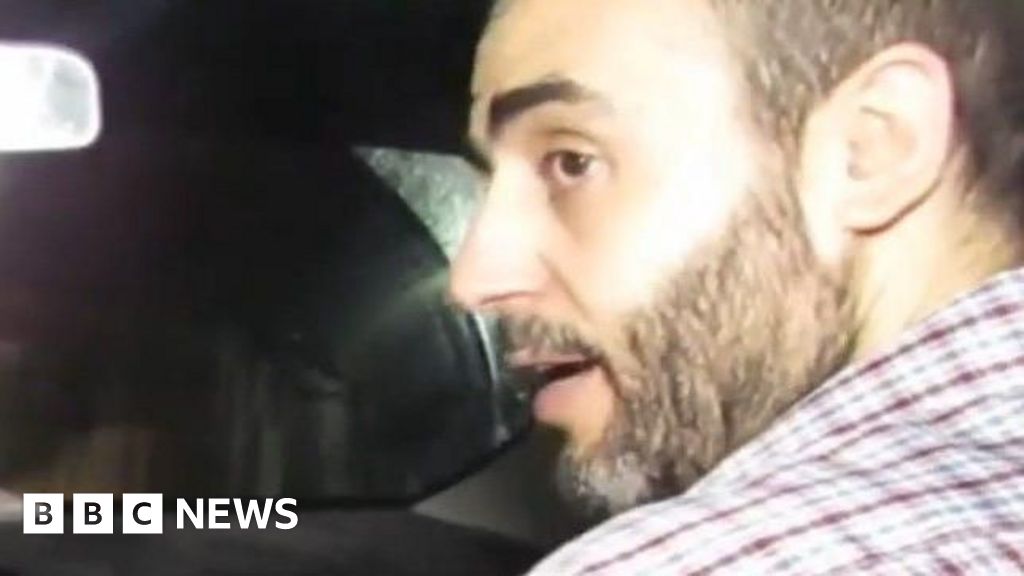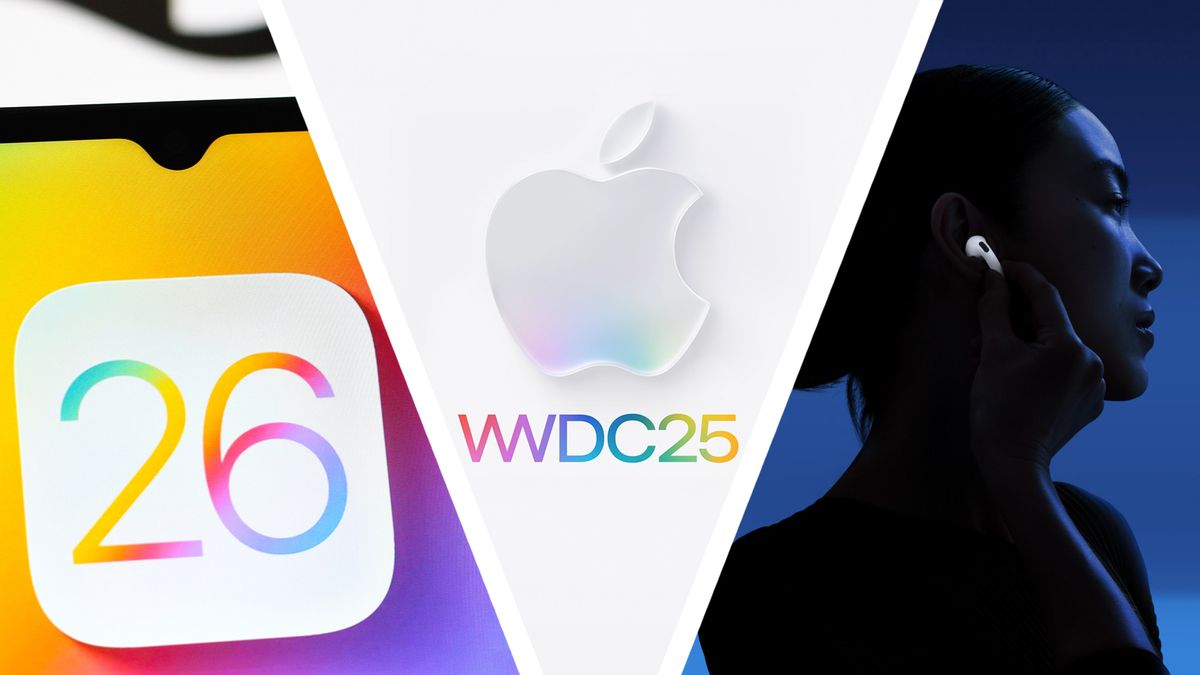Editor's Note: This is the eighth in our series on Chief AI Officers in Healthcare. Other recent CAIO profiles include Dennis Chornenky at UC Davis Health, Dr. Karandeep Singh at UC San Diego Health, Alda Mizaku at Children's National Hospital, Dr. Zafar Chaudry at Seattle Children's, Mouneer Odeh at Cedars-Sinai, Sameer Sethi at Hackensack Meridian Health, and Rajiv Kolagani at Lurie Children's Hospital.
This past year, Charles Worthington, then chief technology officer at the U.S. Department of Veterans Affairs, was given responsibility to oversee all artificial intelligence efforts across the department.
And in addition to his CTO title, Worthington got a new one: Chief AI Officer.
Worthington's background is in software development and product design. He sums that up as "using computers to solve problems." And that's how he and his team have been tackling the work at VA.
"That skill of trying to figure out how best to solve with technology important business problems or problems the VA is having is probably the most important skill," said the VA IT leader. "The technology itself is the secondary concern. The more important thing is figuring out the problems most important to solve.
"Once you know what those problems are, then you can get creative about figuring out what's the best way to leverage technology to solve them, whether that technology is AI or more traditional software, or really anything else," Worthington added.
Digitizing the government
Worthington has been helping the government adopt modern digital service delivery best practices since 2013. Today he is responsible for coordinating the VA's use of AI, while promoting innovation and managing risk.
He also guides the agency's larger technology strategy and leads a team of technical experts who use modern technology best practices to improve the VA's services. He leads efforts to improve the experience veterans have when interacting with the VA online, streamline benefits processing, increase health data interoperability, modernize the VA's data analysis capabilities, and help the office of information technology adopt modern engineering best practices.
Prior to joining the VA in May 2017, Worthington helped create the U.S. Digital Service. He co-authored the "Digital Services Playbook," and led the recruiting effort for more than 150 software engineers, designers and managers from top technology companies. He helped execute digital service engagements at the United States Citizenship and Immigration Services, the Small Business Administration and the Departments of Transportation and Interior.
But today Worthington is all in at VA. And the CTO and CAIO roles are keeping him quite busy.
"Part of my job as CTO is to ensure the VA is identifying and using new and emerging technologies to help deliver on its mission," Worthington explained. "So, the scope of my role was a natural fit for the Chief AI Officer responsibilities, which are all about helping accelerate the VA's adoption of this specific, high-impact technology across some of our most important problems.
"The synergy between the CTO's existing mandate here at the VA and the responsibilities of a Chief AI Officer in government was a good fit, and that made it a natural decision to appoint the CTO to also serve as the Chief AI Officer for the agency," he added.
Working with the CIO
Worthington reports to the CIO within the office of IT. The office of IT handles the technology needs for the entire department, which of course includes the big healthcare administration but also benefits administration, cemeteries administration, and staff offices including human resources and finance.
"That's something we really focus on, starting with what the problems are that the VA is having, that our clinicians are having, our veterans, our patients, and how we can use technology best to help with those problems," he said.
"There's one big thrust, which is basically accelerating the adoption of AI in specific, high-impact areas most likely to help the VA help solve some of its most important problems," he continued. "I spend a fair amount of my time trying to identify those problems and then figure out what, if anything, is holding us back from using AI to solve them."
On the one hand, his role is being a champion of AI and making sure the VA is thinking creatively about the opportunities to use it successfully. And then on the other hand, the role is responsible for AI governance.
"That is how the VA is ensuring the AI we are using is safe, effective and trustworthy, and basically that it's doing what we think it's doing and we have confidence in our ability to monitor and measure those things," Worthington explained. "And at the VA, the Chief AI Officer also is responsible for ensuring the agency's AI governance process is working effectively.
"So, those are two parts of the job I spend a fair amount of time on," he added.
Helping colleagues think about AI
A typical day for Worthington might include meeting with staff members somewhere in the VA who are working on an important problem and discussing how AI could be used to help with it – seeing ideas they already are working on and what they might need from IT or what they might need to unlock something.
Or maybe insert members of his team or some of his team's ideas so the group of people Worthington is visiting could be thinking about solving a problem with AI that maybe they hadn't considered yet.
"And then on the governance side, it's really a lot of communicating with the stakeholders, the folks who are running various parts of the VA who have AI in their areas, making sure they understand what the requirements are, and that they've got a good plan to measure that effectiveness and trustworthiness so we can be sure our use cases are meeting our high standards," he noted.
When it comes to healthcare, the VA has more than 100 use cases in production right now, and that includes everything from imaging to radiology to pathology. Many of these use cases often are connected to FDA-approved medical devices that have imaging components in them.
"We also have what you would consider those more traditional machine learning models that are doing predictions," Worthington said. "They're generating a coefficient or a prediction of a risk score, for example, and using that to identify specific patients who might be good candidates for specific types of care. We've got a number of examples in prediction or risk scoring.
"And then we've got a number of use cases focused on general productivity in business operations," he continued. "For example, we've got an ambient scribe pilot underway. And we are using general purpose generative AI, a ChatGPT type of experience, that allows all different sorts of staff to use a large language model with VA data to help them answer emails or interpret policy memos or review large amounts of information. A number of those use cases as well."
Tons of healthcare AI use cases
There is a tremendous amount of AI in use at the VA in healthcare, and use cases run the gamut.
"Decision support, imaging, natural language processing are all pretty common categories," Worthington said. "And the VA publishes our AI use case inventory basically annually, most recently in December. We talk in detail about all of these use cases publicly. Anyone can go to our website and see this full inventory of AI use cases.
"And I'm proud of that, because it positions the VA as one of the most transparent health systems in the country regarding the use of AI," he continued. "I know people in a lot of health systems, and I'm sure many of the folks you're talking with are grappling with how to inventory their use of AI and how to govern it. So, I'm proud the VA is out there publicly sharing our comprehensive list of all the different AI use cases we have in production."
In the medical device space, the VA has published some research on the effectiveness of an AI imaging tool it is using to support colonoscopies. It's called the GI Genius. The VA has deployed it at more than 100 facilities, and it has published research that shows the AI tool has reduced the number of polyps missed in colonoscopes by up to 50%.
"So that's one I'm excited about not just because we've deployed it but also because of the research we have done," Worthington enthused.
AI assisting with suicidal veterans
Another example is in the risk scoring/decision support category.
"We've internally developed an algorithm called ReachVet, which uses AI to identify veterans who are at the highest risk of suicide," he said. "And we are able to use this risk scoring algorithm to target extra interventions to those most at-risk patients.
"We've published research that shows that model has been associated with a decrease in all-cause mortality," he continued. "It's not just the model itself, but the interventions we're targeting based on the results of that model. So obviously, AI is not the answer alone. It's when you connect the analysis and the risk scoring to a whole healthcare program that is able to act on those insights."
Another example Worthington is excited about is an early version of an internal, general purpose generative AI tool. It's called VA GPT, available to use on the VA network. And with the VA's security posture and the business agreements the VA has with vendors, the agency is able to let users use it with VA data.
A GPT for everyone at the VA
"This is basically a chat interface that allows clinicians or any VA employee to interact with a large language model to help them with their VA work," he explained. "We have more than 40,000 users of VA GPT currently. And what's really exciting is when we survey these users, more than 80% of them are agreeing that the tool has made them more efficient, and they are reporting saving an average of three hours per week per user of the tool.
"That shows the potential for some of these technologies to generate a lot of time savings," he added. "And what I'm more excited about is people report increased job satisfaction when they have access to these tools."
A really powerful sign the AI team is on the right track is successfully supporting VA clinicians and staff to do the things they are trained to do, to operate at the top of their license, and use computers to help with some of the things that might otherwise be the busy work of delivering healthcare, he said.
"That can be a really powerful force multiplier for our staff," Worthington concluded.
Click here for a short video of bonus content where Worthington discusses where to launch a healthcare AI project and how to succeed with artificial intelligence.
Follow Bill's HIT coverage on LinkedIn: Bill Siwicki
Email him: bsiwicki@himss.org
Healthcare IT News is a HIMSS Media publication.
WATCH NOW: How to launch a healthcare AI project, per the VA AI chief








 English (US) ·
English (US) ·